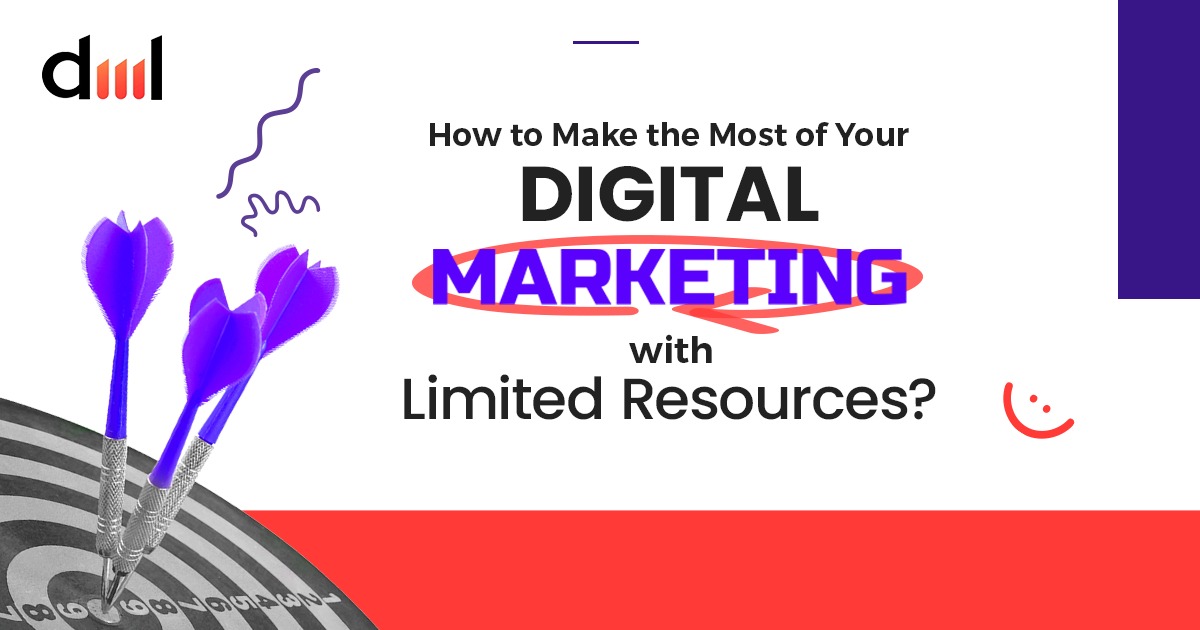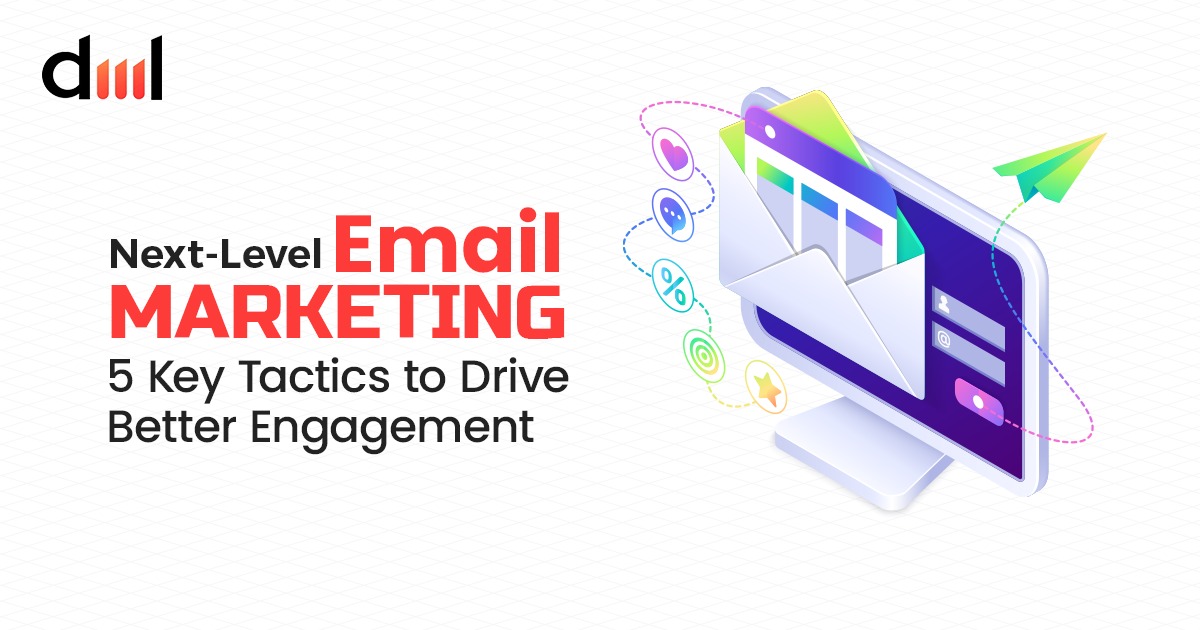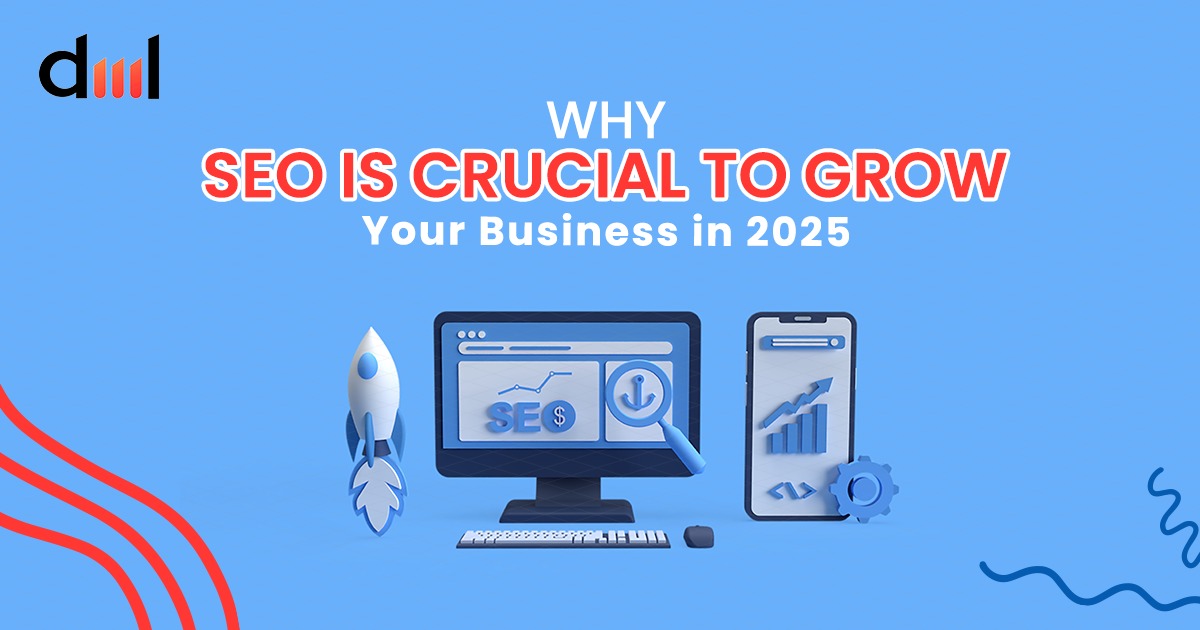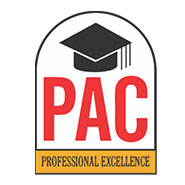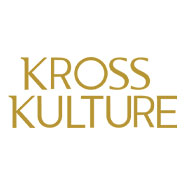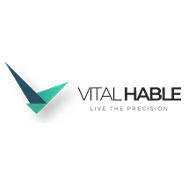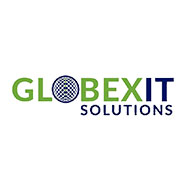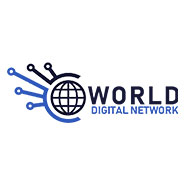Running a successful digital marketing campaign on a tight budget can be challenging, but it’s entirely possible with the right strategies. Whether you’re a small business, a startup, or simply operating with limited resources, digital marketing can still provide significant returns when done strategically. Here’s how you can maximize your marketing efforts without breaking the bank:
- Focus on Your Niche
When you have limited resources, trying to target everyone can be a costly mistake. Instead, focus on a specific niche where your product or service has the highest relevance. By honing in on a well-defined audience, you can tailor your marketing messages, which increases your chances of conversions. Narrowing your focus will also help you spend your budget more effectively on channels that truly matter.
- Leverage Social Media
Social media platforms are powerful and relatively inexpensive tools for digital marketing. Channels like Facebook, Instagram, LinkedIn, and Twitter allow businesses to connect directly with their audience, share valuable content, and promote their offerings. To maximize your impact:
- Choose the right platforms for your audience (e.g., Instagram for younger consumers, LinkedIn for B2B businesses).
- Engage with your audience through regular posts, stories, and direct interactions.
- Use free analytics tools within the platforms to track engagement and optimize your strategy.
Social media ads, such as Facebook Ads, are also budget-friendly, allowing you to target specific demographics and measure results with low investment.
- Create Valuable Content
Content marketing is one of the most cost-effective ways to drive traffic and build trust with your audience. High-quality blog posts, videos, infographics, and guides can establish your authority in your industry and keep your audience engaged. Start by:
- Identifying topics that address the pain points of your target audience.
- Creating evergreen content that stays relevant over time.
- Repurposing content across different platforms (e.g., turning a blog post into a video or infographic).
- Sharing user-generated content, such as customer reviews and testimonials, to build trust.
By providing valuable, actionable information, you can position yourself as an industry expert while also improving your SEO rankings.
- Optimize for Search Engines (SEO)
SEO is essential for increasing your website’s visibility without paying for ads. It requires upfront effort, but it can lead to consistent, long-term traffic. Here’s how you can optimize your site on a budget:
- Conduct keyword research using free tools like Google Keyword Planner to find relevant terms your audience is searching for.
- Optimize on-page elements such as meta tags, headings, and image alt text to include targeted keywords.
- Ensure your website is mobile-friendly and loads quickly, as both factors affect your search engine ranking.
- Use local SEO strategies if you’re targeting a regional market, such as optimizing your Google My Business listing and collecting customer reviews.
SEO is a long-term strategy, but it pays off with increased organic traffic, reducing your need to spend on paid ads.
- Utilize Free or Low-Cost Tools
There are numerous free or affordable tools available that can help you streamline your digital marketing efforts. Some of these include:
- Canva: Design professional-looking social media posts, banners, and infographics for free.
- MailChimp: Offers free email marketing for up to a certain number of subscribers, making it an excellent tool for nurturing leads.
- Google Analytics: A free tool for tracking website traffic and understanding how visitors interact with your site.
- Buffer or Hootsuite: These social media scheduling tools allow you to plan and automate posts across multiple platforms.
- Answer the Public: A free tool that helps generate content ideas based on what users are searching for.
Using these tools can help you create and manage your campaigns efficiently without requiring a significant investment.
- Email Marketing: Low-Cost, High Impact
Email marketing is one of the most cost-effective ways to nurture leads and maintain customer relationships. A well-executed email campaign can drive repeat business, promote new products, and provide valuable content to your audience. To get started:
- Build a quality email list by offering incentives, such as free resources or discounts in exchange for sign-ups.
- Use email templates to reduce the time spent on design.
- Segment your email list based on user behavior (e.g., past purchases, interests) to deliver personalized content.
- Monitor your email open rates, click-through rates, and conversions to continuously improve your strategy.
Free tools like MailChimp or Sendinblue offer robust features for small businesses with limited budgets.
- Use Paid Advertising Strategically
While organic strategies are important, a small investment in paid advertising can give you a competitive edge. The key is to spend wisely:
- Start with small campaigns on platforms like Facebook or Google Ads, where you can set your budget and target specific demographics.
- Test different ad creatives and messaging to see what resonates best with your audience.
- Focus on retargeting ads, which are shown to users who have previously visited your site. These ads are typically more cost-effective and have higher conversion rates than cold ads.
- Monitor performance metrics such as cost-per-click (CPC) and return on ad spend (ROAS) to ensure you’re getting value from your campaigns.
Paid ads, when targeted correctly, can help you reach new audiences while staying within your budget.
- Collaborate with Influencers and Partners
Influencer marketing doesn’t have to be expensive. Micro-influencers (those with smaller, highly engaged audiences) are often more affordable and may offer a better return on investment than larger influencers. You can:
- Partner with local influencers who align with your brand values and have a following in your niche.
- Offer free products or services in exchange for promotion.
- Collaborate on joint campaigns, such as giveaways or content creation, which can expand your reach.
Collaborations with other businesses, such as cross-promotions, can also be a low-cost way to tap into new audiences.
- Measure and Adjust Your Strategies
To make the most of your limited resources, it’s crucial to track the performance of your marketing campaigns and adjust strategies based on the data. Regularly review metrics such as website traffic, social media engagement, email open rates, and conversion rates. Tools like Google Analytics, Facebook Insights, and email marketing platforms provide valuable insights at no cost.
By continuously monitoring and refining your campaigns, you’ll be able to identify which strategies are working and where adjustments need to be made, ensuring you get the most out of your budget.
- Tap Into Your Existing Customers
Your existing customers are one of your most valuable resources. Satisfied customers are more likely to become repeat buyers and can provide word-of-mouth marketing. Here’s how to leverage them:
- Referral programs: Offer discounts or incentives for customers who refer friends or family.
- Customer testimonials and reviews: Display positive reviews on your website and social media to build trust with potential customers.
- Loyalty programs: Reward repeat customers with special offers, discounts, or points-based systems.
Fostering a loyal customer base can help your business grow sustainably without requiring large marketing spends.
Making the most of your digital marketing efforts with limited resources is all about prioritizing the right strategies, focusing on your audience, and using cost-effective tools and techniques. By leveraging content marketing, social media, SEO, email marketing, and strategic paid ads, you can achieve significant results without a large budget. Remember to track your progress, be flexible with your approach, and continuously optimize your efforts to ensure success. With a well-thought-out plan, even small businesses can compete and thrive in the digital landscape.

